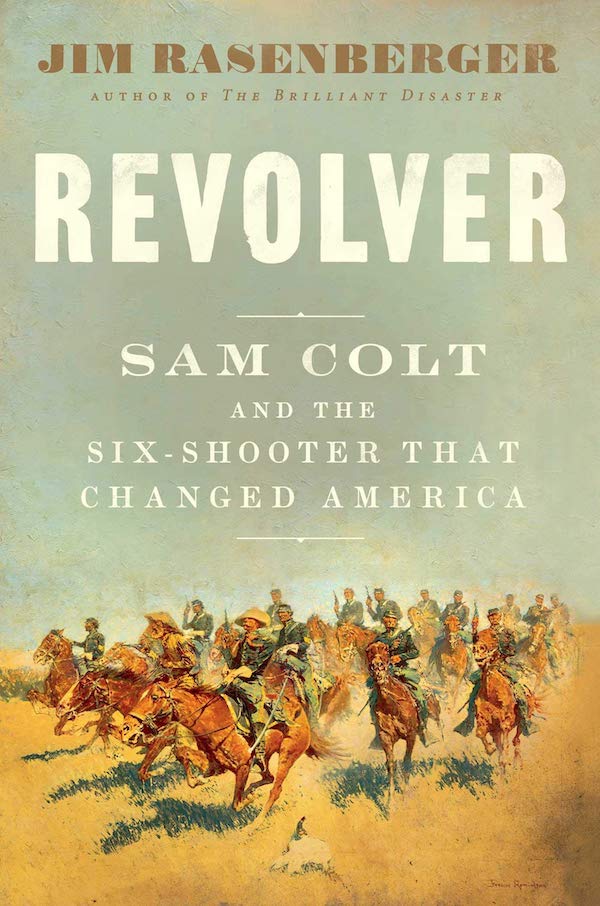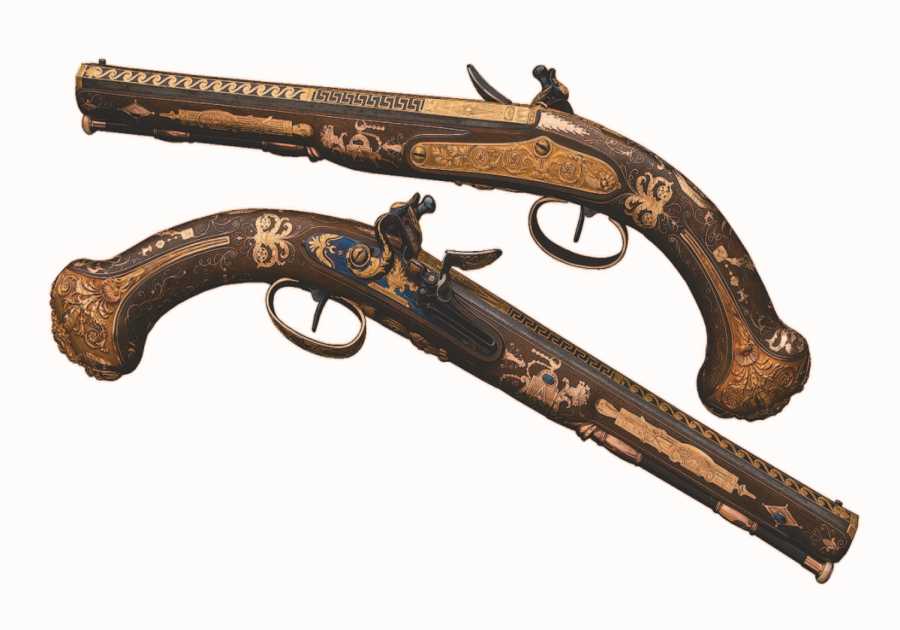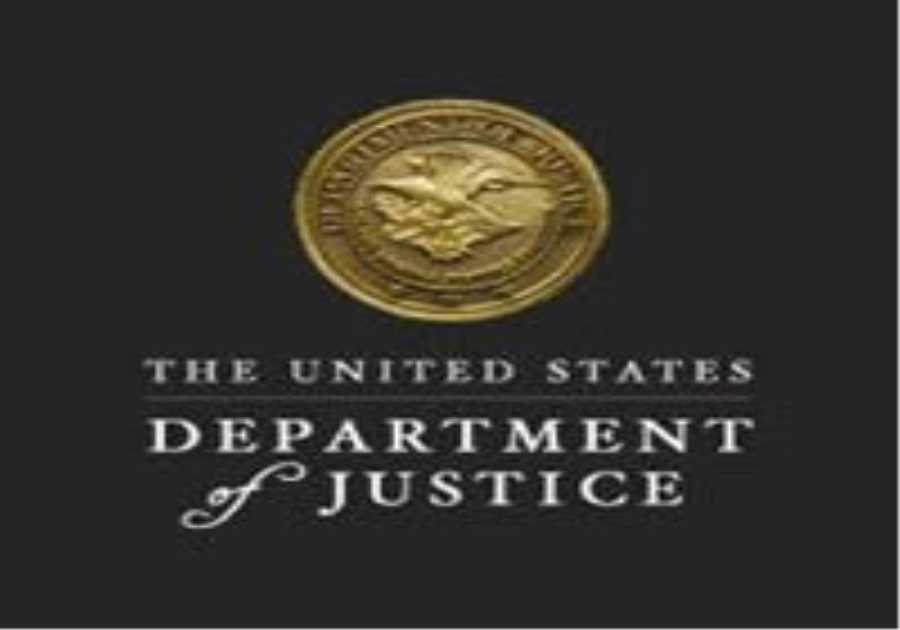
ON SEPTEMBER 3, 1855, on land that would one day become part of Nebraska, General William S. Harney ordered 600 US soldiers to attack a camp of Sioux Indians. His men pushed the Indians north directly into an ambush laid by mounted dragoons, who charged them “with sabre and revolver, ” and then chased them down for miles as they fled. “As I looked around, I could see the soldiers galloping after groups of old men, women, and children who were running for their lives. […] [They were] shot right down,” a Sioux woman named Cokawin later recounted.
Harney and others hailed their victory and recounted tales of heroism, but a second lieutenant from the Corps of Topographical Engineers who had accompanied Harney saw things differently: “I was disgusted with the tales of valor in the field, for there were few who killed anything but a flying foe.” Harney’s men, the second lieutenant noted, left a battlefield of “wounded women and children, crying and moaning, horribly mangled by the bullets.” Eighty-six Sioux died that day in what would become known as the Harney Massacre.
Part of what made Harney’s troops so deadly were the new technologies they carried. The infantry were fitted with breach-loading Sharps rifles, which were accurate at 400 yards and could be reloaded much faster than the Indian’s muzzle-loading muskets. But even more lethal, the dragoons, who had ridden down helpless, retreating Sioux, carried a weapon that would become a symbol of the West: the Colt revolver.
Jim Rasenberger’s new book, Revolver: Sam Colt and the Six-Shooter That Changed America, tells the story of this gun and its inventor and users. Offering a panoramic view of American culture during Colt’s life, Rasenberger covers everything from bad poetry and cholera epidemics to the politics of slavery and Western expansion. Along the way, he gives us a picture of technological change and the rise of industry. His book’s most important contribution of all: showing how this history was rooted in horrific violence and oppression.
Colt was born in 1814 in Hartford, Connecticut, to well-connected but not wealthy parents whose fortunes fluctuated greatly over the years. His extended family was entangled with the rise of American capitalism and included a great-uncle who knew Alexander Hamilton. Colt’s father, Christopher, worked as a merchant, becoming wealthy when Samuel was young and then going bankrupt in the Panic of 1819. Two years later, when Colt was seven, his mother died of consumption. His early years were not easy.
Young Colt had an inventive streak. At the age of 14, he used an electric charge to set off an explosion on the Fourth of July in front of an audience, which he had managed to attract thanks to a handbill he had placed around town: SAM COLT WILL BLOW UP A RAFT ON WARE POND. The only thing blown sky-high that day was muddy water, dousing spectators already wet from standing in the rain. They surrounded Colt “swearing vengeance” and itching to give him a “sound birching,” as one observer reported, but Colt managed to escape.
Colt was briefly a student at the elite preparatory school, Amherst Academy, but he left soon after he — perhaps drunkenly — fired off a cannon several times one Fourth of July night. His real ambitions at the time lay at sea. At 16, he became a member of the ship Corvo and sailed to Calcutta. Born into a generation that included Herman Melville (who would briefly mention Sam’s famous murderer brother, John, in “Bartleby, the Scrivener”), Colt idealized the ocean as a place of adventure. He was not much of a seaman, however. A missionary on the ship wrote that Colt had been raised with “much indulgence and tenderness.” The ship’s crew had little time for him. “He is kicked about without mercy by the mates and sailors,” wrote the missionary. Rasenberger also believes that Colt was flogged at sea — receiving “two dozen lashes from a raw hide” — for stealing “raisins, sugar, molasses, jelly, &c.” Colt soon regretted his choice to sail.
There are several different stories about how Colt invented his revolver, in part because he tailored different tales to different audiences. According to one version, Colt used a $1 jackknife to carve a model of a cylinder while on the Corvo, though his original inspiration is unclear. Regardless of when he made the original model, it was soon after he returned from sea that he began working with a series of gunsmiths to perfect his idea.
But Colt’s life as a weapons manufacturer lay some ways off. Instead, he spent the next nearly three years of his life, as Rasenberger writes, “selling hits of nitrous oxide gas [to audiences] to fund the development of his gun.” Christening himself “Dr. Coult,” Colt toured from New Orleans to Albany, New York, and everywhere in between. His sense of showmanship as a nitrous dealer and eventually gunmaker rivaled P. T. Barnum, who would open his famous museum in New York in 1841.
His shows grew increasingly rowdy. He fled Pittsburgh after an influential iron merchant complained about them. A local newspaper reported that, by that point, Colt was placing people he dosed in a “strong enclosure” but some grew “extremely pugnacious” and managed to escape. “One strong fellow, who became on taking it as furious as an enraged lion, sprang over the enclosure, and drove every soul out of the room into the street, beating two or three very severely.” While Colt would continue to put on his nitrous shows for some time, by 1833, when he was about 20 years old, his work increasingly came to focus on invention.
Two natural endowments enabled Colt’s entrepreneurship. The first was family connections. While Sam’s father would continue to struggle financially off and on until his death in 1850, his social network was crucial for Colt’s eventual success. Uncles, cousins, and friends funded Colt’s early ventures, almost always regretting it. A family friend, Henry Leavitt Ellsworth, was the first commissioner of the United States Patent Office, virtually guaranteeing that Colt would receive a patent for his invention.
In a time before credit bureaus, these family connections were even more important than they are today. This is not to suggest that Colt’s trajectory was straightforward. There were tons of uncertainty and moments of worry, and Colt went bust more than once. But his story is more like that of a young Stanford graduate hustling the Silicon Valley venture capital scene than a rags-to-riches tale of a man making good on his own.
In 1836, Colt set up his first gun factory in Paterson, New Jersey, home of the Society for Establishing Useful Manufactures (SUM). One of the society’s founders was Alexander Hamilton, who believed the nation’s future was in industry and envisioned Paterson as a home for this manufacturing boom. By the time Colt set up his business, his family owned two-thirds of SUM’s stock. Colt’s first company struggled both because Colt was unable to smooth out production and, more importantly, because he was unable to find steady customers. The firm went belly-up in 1841.
Colt failed several more times. His attempt to set up a telegraph company using the technologies of his friend Samuel Morse fizzled. His greatest invention beyond repeating firearms was an electricity-triggered naval mine, but after years of effort the mine came to nothing. These were not the kind of “fail fast” insolvencies that one learned from but the kind that created hard feelings and lifelong enemies. Colt was also profligate, blowing investors’ money on finely tailored clothes, and on lobbying politicians, whom he plied with pricey booze, hoping they would win him government contracts.
Beyond family, Colt’s other natural endowment was economic geography. He was born into a region, spanning Connecticut and Massachusetts, that gave rise to what was known as the “American system” of manufacturing. It was the center of early mass production in the same way that Pittsburgh would later be for steel; Detroit for automobiles; and Silicon Valley for computer chips and software. As economists and historians such as Nathan Rosenberg and David Hounshell have described, the techniques created in this New England region eventually diffused to the manufacturing of other goods, including furniture, agricultural implements, sewing machines, bicycles, and eventually culminating in Henry Ford’s assembly line. These techniques of mass production became some of the greatest sources of economic growth in human history.
The hidden figures of the Colt legend — often passed over by other biographers and Colt himself but highlighted by Rasenberger — were the gunsmiths he hired. These highly skilled craftsmen did much of the work to improve Colt’s initial concept, often while he was off gallivanting and failing to send money to pay for their work and supplies. In this way, Rasenberger successfully subverts the myth of lone inventor that so plagues biographies of this sort. Colt’s revolver could not be created by one person with good ideas but depended on the work of many talented individuals and ultimately an entire industrial culture.
In 1848, Colt founded another company that would eventually become Colt’s Patent Fire Arms Manufacturing Company. His greatest decision was hiring Elisha King Root, a manufacturing genius who grew up in the same region as Colt and excelled at organizing work and creating specialized machine tools, such as milling and boring machines, jigs, and drop hammers. Colt would eventually claim that four-fifths of the work in his factory was done by machines. By 1849, Colt’s men were turning out 100 revolvers a week, which, as Rasenberger writes, was “not nearly enough to keep up with the surging demand for guns.” Now 35 years old, Colt had finally found success. Eventually the company built a new factory in Hartford, Connecticut, the Colt Armory, an impressive and sizable building for its time, now destined to become part of Coltsville National Historical Park.
A huge part of Colt’s triumph was gaining steady customers, something that eluded him for years. Like most technologies, Colt’s revolving firearms did not take off until they found users, and it’s here that Rasenberger’s account most excels. Earlier histories of arms manufacturing were often bloodless. They recounted how individuals and companies invented and produced guns, but readers were left wondering whether buyers ever used their purchases to kill. Like Priya Satia’s 2018 book Empire of Guns: The Violent Making of the Industrial Revolution, Rasenberger’s Revolver leaves us in no such doubt: New England arms makers mass produced repeating firearms, and the US military and westward-traveling settlers used those weapons to put bullets in other humans, especially nonwhites. These technologies of murder and death were inextricably tied to conquest, empire, and colonialism.
For a variety of complicated and ultimately unclear reasons, leaders of the US Army Ordnance Department, which controlled the purchasing of weapons, took an early dislike to Colt and his inventions. Washington, DC, was no route to riches for him. But the leaders and soldiers fighting in the field were eager adopters. These included, for instance, the officers leading the Second Seminole War in the late 1830s, when the United States was seeking to force the Seminole nation to relocate west of the Mississippi with other native groups. A deeper reason for that war lay in controlling escaped slaves who fled and lived with the Seminoles. As one general wrote in a private letter, “This is a negro war, not an Indian war.” Officers believed Colt’s firearms — in this case, repeating rifles — might help them turn the tide against these escaped blacks and the Indians who sheltered them.
Indeed, Colt explicitly mentioned keeping down slaves as an inspiration for his revolver. When Colt heard about Nat Turner’s failed rebellion in 1831, he told one audience that “[h]e was startled to think against what fearful odds the white planter must ever contend, thus surrounded by a swarming population of slaves. What defense could there be in one shot, when opposed to multitudes, even though multitudes of the unarmed?” Revolvers would allow slaveowners to take on a revolting crowd.
But maybe the most important users were the Texas Rangers who took up his weapons in their wars against the Comanches. Even a great marksman could only get a shot off every 30 seconds with a muzzle-loaded weapon. Comanche warriors could nearly shoot an entire quiver of 20 arrows in that time. Famous Texas Ranger leaders, like Jack Hays and Samuel Walker, saw in Colt’s revolvers the potential for new battleground tactics.
The first time Texas Rangers used the repeating pistols, the Comanche were stunned. “I will never again fight Jack Hays, who has a shot for every finger on the hand,” one Comanche chief said afterward. Colt used the image of the Texas Rangers to promote his guns. In time, his revolvers became a great symbol of the West — a technology of Manifest Destiny — including among the California ’49ers who would pay from $200 to $500 for a gun that cost $38 in New York.
Colt also sold his weapons in Europe and elsewhere, bringing him into contact with leaders like Louis Napoléon. In 1851, Colt exhibited his products at the famed Crystal Palace in London, a giant glass building that housed the “Great Exhibition,” the first world’s fair dedicated to international industry. While the fair was meant to symbolize international unity, it also demonstrated the fruits of British Empire, such as fabrics and the Koh-i-Noor diamond from India and white birch canoes from Canada.
Colt delivered a speech in London before the Institution of Civil Engineers, explaining to the audience that his manufacturing methods were as important as his guns: “In America, where manual labor is scarce and expensive, it was imperative to devise means for producing these arms with greatest rapidity and economy.” Those production methods would spread throughout the United States economy, undergirding what some call the Second Industrial Revolution. But Rasenberger’s Revolver helps us see something beyond the economic efficiency of these techniques: how Colt’s story and the story of his methods fit within the United States’s own imperial ambitions, enabling new levels of bloody violence, oppression, and even genocide.
¤
Lee Vinsel’s book Moving Violations: Automobiles, Experts and Regulations in the United States appear in 2019.






